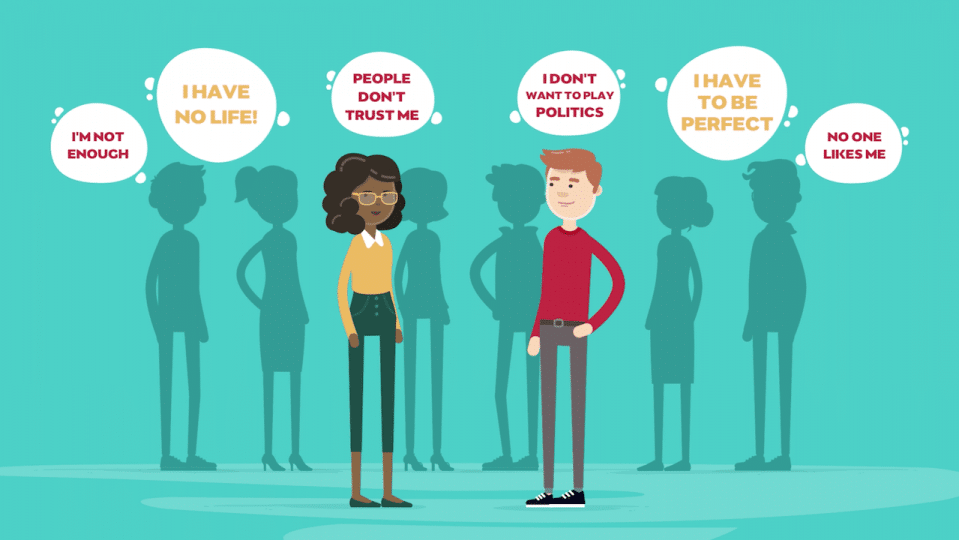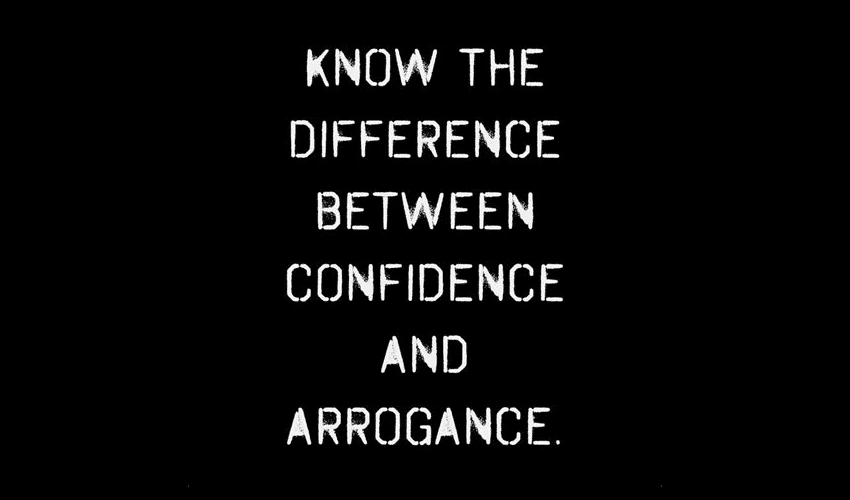Expert Interview Series: Yosh Beier of Collaborative Coaching About Collaboration and Leadership in Today’s Companies

Yosh Beier is an executive coach and co-founder of Collaborative Coaching. He coaches leaders and teams to co-create collaborative, meaningful work cultures that drive both personal and organizational growth. We had a chance to speak with Yosh about the importance of collaboration and how leaders can create teams, environments, and cultures where collaboration can thrive.
Tell us a bit about your background. Why did you decide to pursue executive coaching?
I became an executive coach more due to serendipity than career planning. Trained as a physicist, I started out as a technical and change management consultant. Quickly, I realized that even “easy” projects rarely ever happened as they “should.” The reason was always the same: human dynamics. That made curious.
The second key factor in becoming a coach was my experience from running employee engagement focus groups where I saw (hundreds of times) the incredible impact of great peer leadership on performance, collaboration, and creativity. I continued to deepen my expertise as an organizational development consultant, but trained as a therapist and mediator to balance a focus on results and structure with an emphasis on human dynamics and collaboration.
What are some of the common problems that you’re hearing from today’s leaders and managers?
Regardless of the type or size of organization, every place I see tries to do more with less at an advanced level of quality and innovation. The people I meet are usually very capable and motivated. They have done a lot of process optimizations already. Now, it’s their ability to collaborate and align that has become the frontier to creating differentiation or competitive advantage.
That’s a different challenge – one that’s much more interpersonal. It requires courage to be real about what people need and what works or needs attention, not just related to the way work is organized, but also to how we get it done together. The courage and persistence required to create truly collaborative cultures are often underestimated.
Name one thing that companies or teams can do immediately to improve the effectiveness of their collaboration.
While I appreciate a focus on building on strengths, too often it has become an excuse for avoiding a conversation about what’s not working on a team, what may really be getting in the way, and how we don’t act on these insights. The problem, of course, is that such conversations require levels of trust that may not be there. However, I find there is always room for some debate even when some topics seem taboo at first.
I encourage clients to start “looking under their rugs” for what got swept under there. Listing the conversations they are avoiding and where they feel they are stuck is a powerful start. Then they should start with something not too loaded and not too trivial. The key is to do something different, or else we get the same result. People understand that. Often, we double down on doing the same thing because it feels safer. So a conversation about what creates a safe environment to experiment – along with some role modeling of leaders – is very beneficial.
I stand by a principle from humanistic psychology whereby “awareness is curative.” Calling a problem what it is unleashes the energy to solve it. Again, that takes skill and empathy on the side of leaders.
What additional challenges exist when collaboration must take place between teams or individuals from different nations?
I work a lot with NGOs where an office of 20 staff members represents 15 or 18 different cultures of origin. There is, of course, a lot to say about different cultural assumptions and preferences. I won’t even open that box. But it often comes down to two things:
- People act on their assumptions without making them explicit.
- People don’t communicate their intention clearly and the resulting (unwanted) impact on the other person produces tension and misunderstanding in the relationship.
What’s helpful in both cases is to build a communication habit whereby I try to make my assumptions and my intentions as explicit as possible – simply by repeatedly stating what these are. That of course requires some self-awareness and awareness of how my communication and behavior impacts others. Emotional intelligence is not a panacea; but without it, collaboration across differences can get more easily off track.
What’s the role of a team or executive leader when tensions or conflict arises within a group that is supposed to be collaborating together?
Few leaders are comfortable in the presence of conflict or emotion. I find there is still often the belief that “if we just focus on getting the task done,” all will turn out okay. Emotions are skipped over.
However, behavioral science has proven many times over that our decision-making is not completely rational but is just as much emotional. So not addressing the emotional reality of our relationship as collaborators limits our effectiveness as joint problem-solvers. This can be as simple as asking “I noticed you seemed frustrated. What’s on your mind?”
Most leaders are so good at “cooling down” conflict that not enough constructive conflict occurs. Usually, the problem is not people yelling or throwing chairs but guardedness. Leaders must learn to “heat up” conflict, or create a climate in which disagreement or frustration can at least surface and get processed.
What are some of the major goals of Collaborative Coaching’s First 100 Days program for leaders who are taking on new roles or responsibilities?
The focus of our onboarding coaching program is simple: help people succeed in a new stretch role – often in an organization, function, or culture that’s new to them. There is this great (and daunting) professional opportunity, and the coachee wants to hit the ground running.
There is a bit of a pattern for how people succeed when transitioning into a new role, like understanding your stakeholders and their needs, defining strategic priorities, building key relationships, etc. In an onboarding coaching process, the coach “holds the container together” and steps the coachee through a clear, systematic, and comprehensive process. This allows the coachee to focus on their new world and what they want to bring to their role.
What types of leadership skills and traits will be in demand in the near future?
I see a fundamental shift in what makes leaders effective. One is due to changing generational expectations. Authority, respect, and status have to be earned and can’t just be ascribed. Pulling rank won’t inspire engaged, creative problem-solving.
The second significant shift is that value creation or differentiation more than ever relies on innovation, creativity, and collective problem-solving. A culture that supports these characteristics cannot be mandated but must be earned.
Leaders are key role models. Their authenticity, integrity, emotional intelligence, and personal sense of purpose matter. People take note. Being good at control-and-command and having lots of subject matter expertise are required “table stakes,” but won’t suffice to stand out. The people side of leadership, or the ability to influence, guide, and align without the use of power, is what separates great from good leaders.

